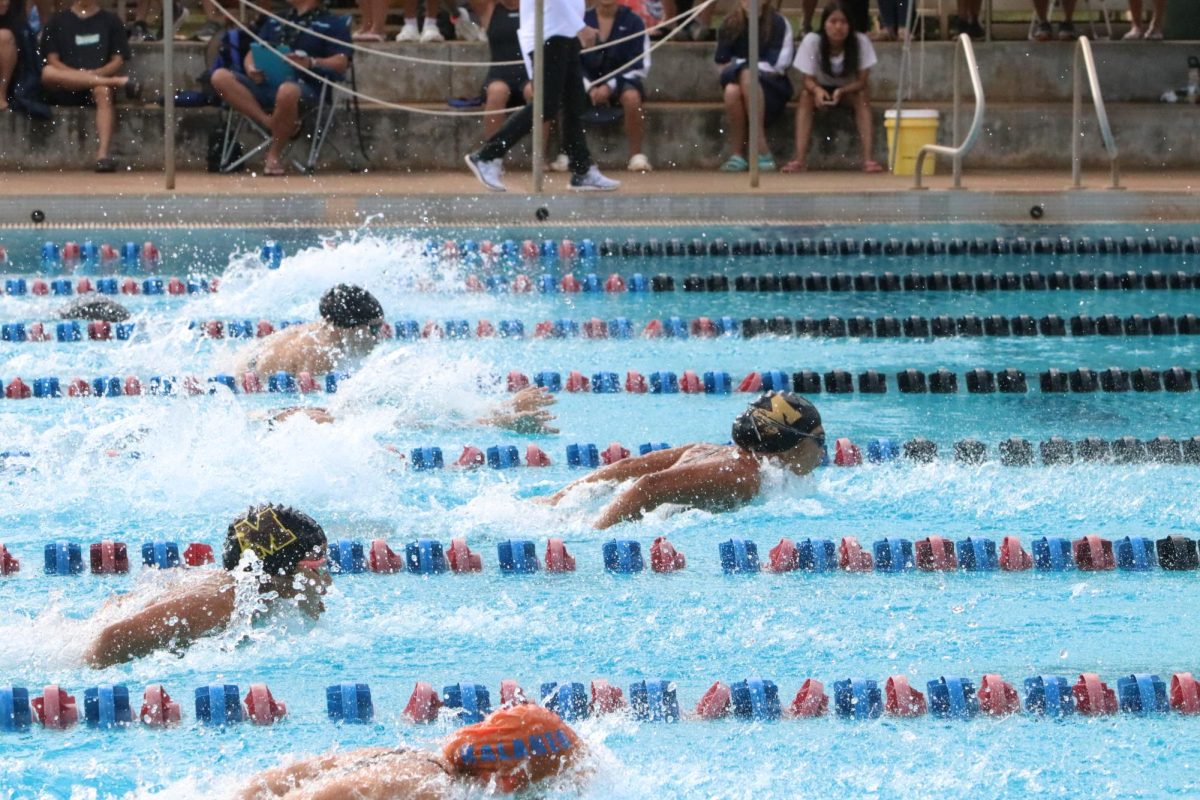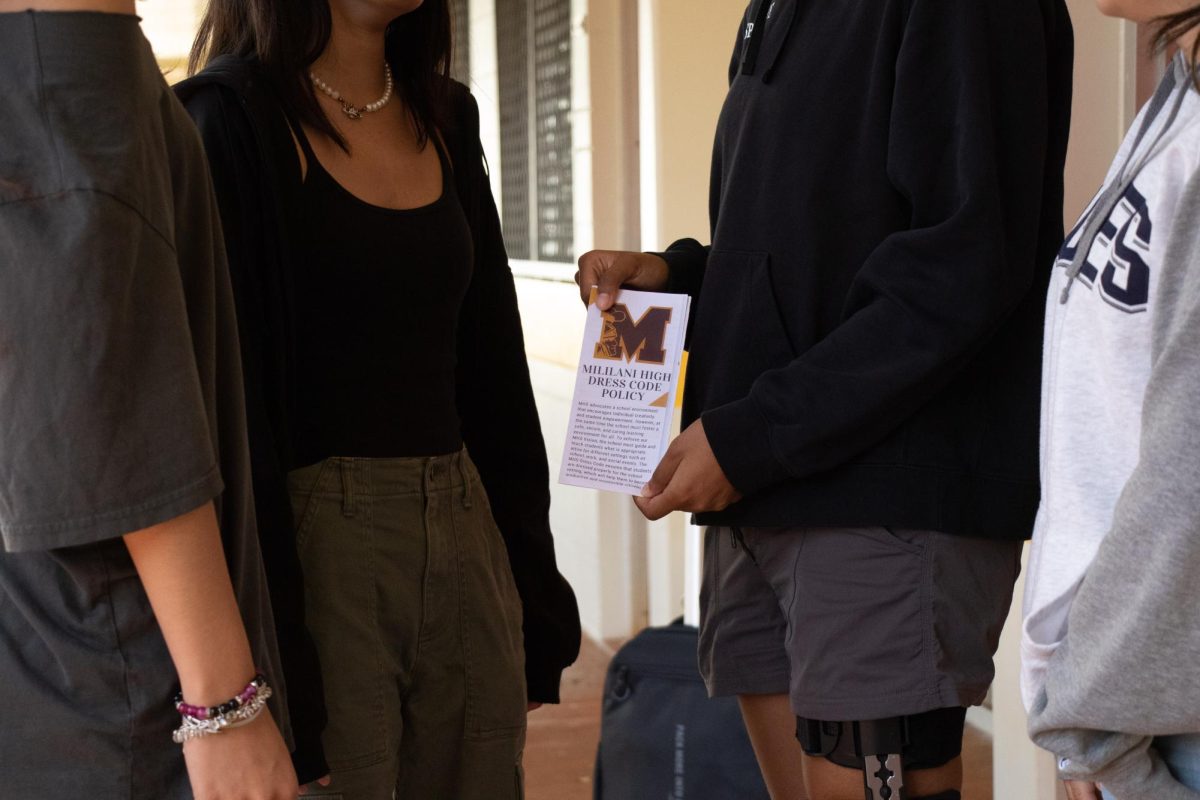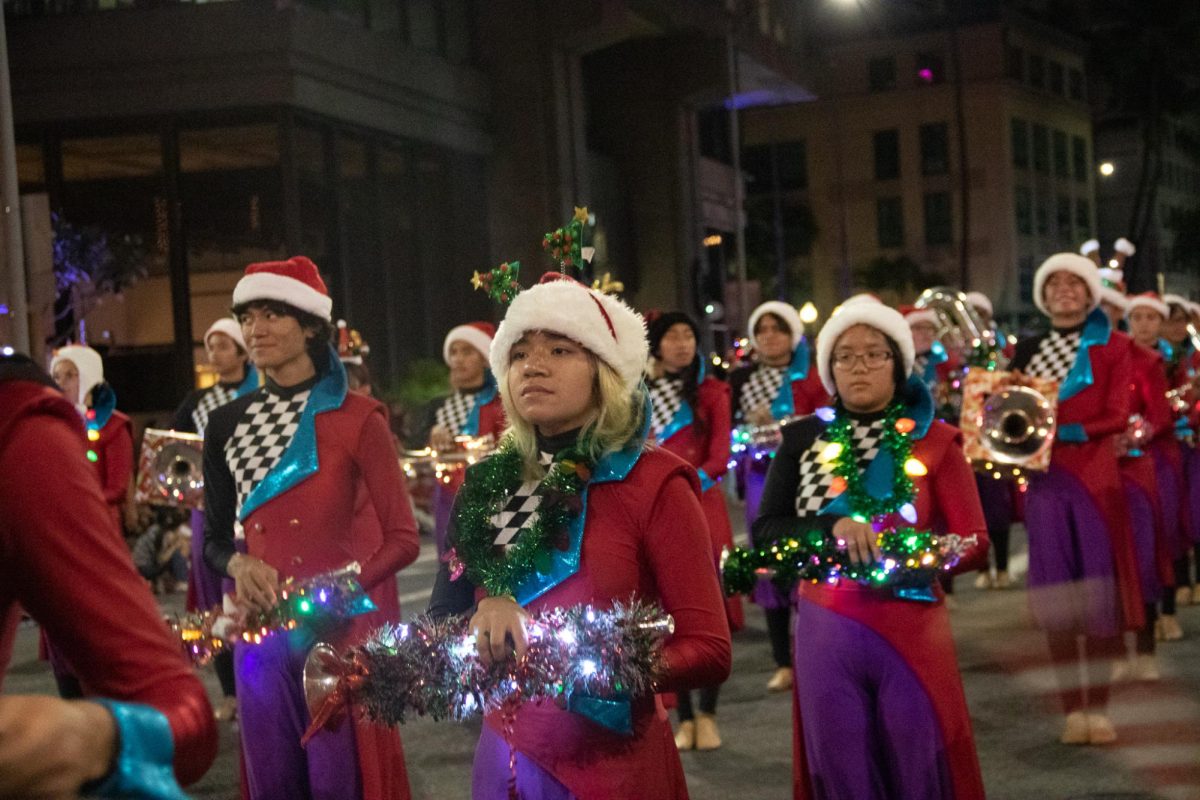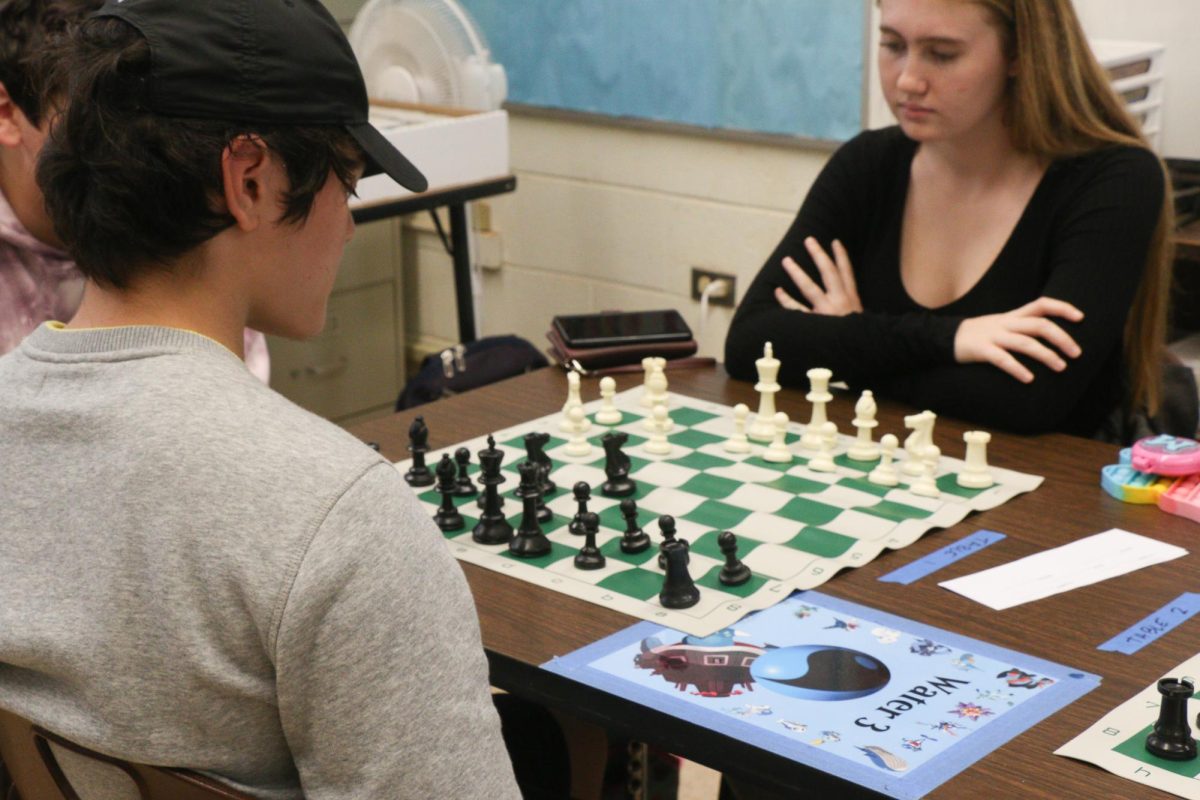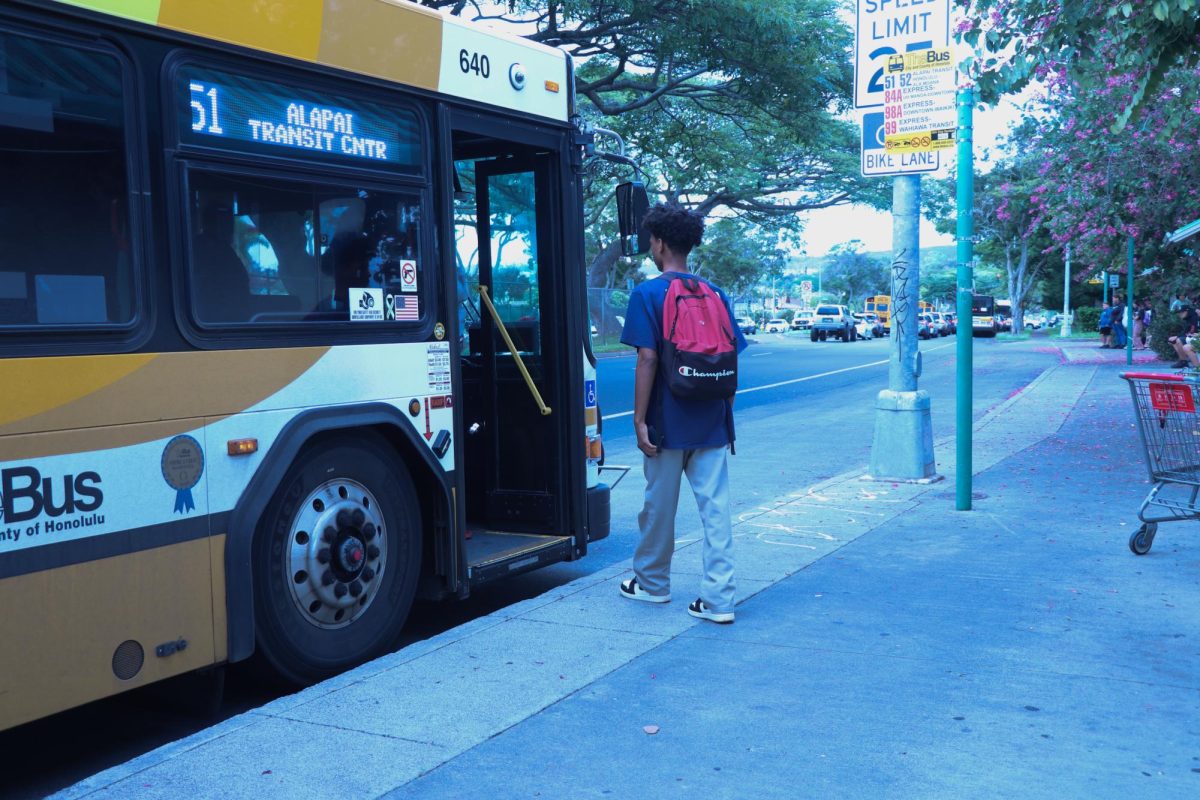The controversy surrounding school dress code policies has been around for decades, a debate that brings students and teachers alike to question the real importance and relevance of a dress code. Are the policies and rules relevant? Does it uphold the school’s image? Why do we have one? Though others may have varying opinions regarding school dress code, one thing is very clear to me: current school dress code policies do not work and should be reformed.
To thoroughly dig into the full situation, we’d have to look back in time. As society became more sophisticated and fashion held greater importance to the way people perceived each other, rules were created to control the way one presented themselves. One of these rules include how fashion was used to define status amongst civilians.
As the world evolved, fashion rules also adapted to political and social ideals at the time. However, no matter how much the rules have changed over generations, these codes hidden in fabric and stitches still reflect the constant power struggle between people in society. Examples include the zoot suit controversy in 1943, where Mexican-Americans during WWII were mobbed by white servicemen for wearing wide-legged zoot suits, or the Tinker v. Des Moines case of 1969, where a school banned students from wearing black armbands to protest the Vietnam War. In 2024, society has become more progressive and inclusive, but traces of oppression can still be found in the cracks of rules long outdated. Though it is subtle, school dress codes today continue to appeal to the taste of the socioeconomic dominant group.
Dress codes in educational settings are upheld under the impression that it promotes safety, discipline and image. While half of it may be true, at its roots, school dress code regulations are targeted towards marginalized groups including, but not limited to, women and people of color. First popularized in the 1990s, dress codes became widely implemented in schools across the country to mitigate clothing that endangered the safety of other students, mainly clothing and accessories related to gang affiliation. Since the 90s, not much has been done to update the lists of do’s and don’ts of “appropriate” school attire.
According to a Government Accountability Office report, around 90% of school dress codes implemented in the U.S. targets a majority of clothing associated with feminine fashion. The ban of exposed midriffs, shorts or skirts shorter than the length of one’s fingertips, tube tops, skin-tight attire and basically anything that shows skin are only a few of the regulations that students, especially those who are feminine presenting, must abide by. Following public records surrounding St. Johns County schools in Florida, 83% of dress code violations at all schools were for girls. Although it is not explicitly stated in a school handbook, it is blatantly obvious in how dress codes heavily regulate the way girls dress due to their unnecessary sexualization, yet the problem is often disregarded and excused by teachers and administrators who believe it to help prevent “distractions.”
Discrimination against feminine-presenting students is not the only issue with school dress codes, as it also targets students of color. One dress code rule still in place is the ban of durags. In school, students are usually allowed to wear any kind of headwear as long as they remove it during class time. With that being said, durags or “nylon stockings worn as headwear” are not allowed as it is in violation of this regulation. This rule lacks equity for
African-American students, as not only is it used to maintain a hairstyle and to protect hair from damage, but is also a cultural accessory deeply ingrained in black culture. First being used during the Harlem Renaissance in the 1930s and ever since by generations of African-Americans, the durag is a representation to many black students as a connection to their culture and ancestry. By robbing their freedom of expression and cultural identity at school, the education system fails to do what matters the most: to protect students and to maintain a safe learning environment for all.
Though school dress codes are put in place with the intention of creating a safe and inclusive space for students on campus, the current rules implemented in most schools in America tend to create hostility that prevents students from focusing on their education. While other students may get to their classes on time, a few might get stopped and sent to the office because their “bra straps were showing” or their “shoulders were too revealing,” inevitably causing them to miss valuable class time. The dress code also reinforces negative stereotypes and trains students to associ- ate certain pieces of clothing, such as crop tops or durags, and the people wearing them as “bad” or “inappropriate,” further creating conflict between peers. In an environment filled with impressionable teens, it is important to promote individuality and self expression without having to feel judged by those around you.
All in all, while there are many flaws to the dress code system, it is not to say
that it should be abolished outright. Dress codes do well to prevent students from wearing clothing that depicts hate speech, violence, contraband and imagery that disrupts the peace on campus. As schools have good intentions in placing restrictions to the way students dress, instead of banning dress code, it should be revised and adapted in a way that would benefit all students indiscriminately. Building trust between students is important in creating a safe community within the school, and allowing students to express themselves through fashion is an important step in
doing so.
For more information, contact the writer, Jullia Young, at [email protected].


